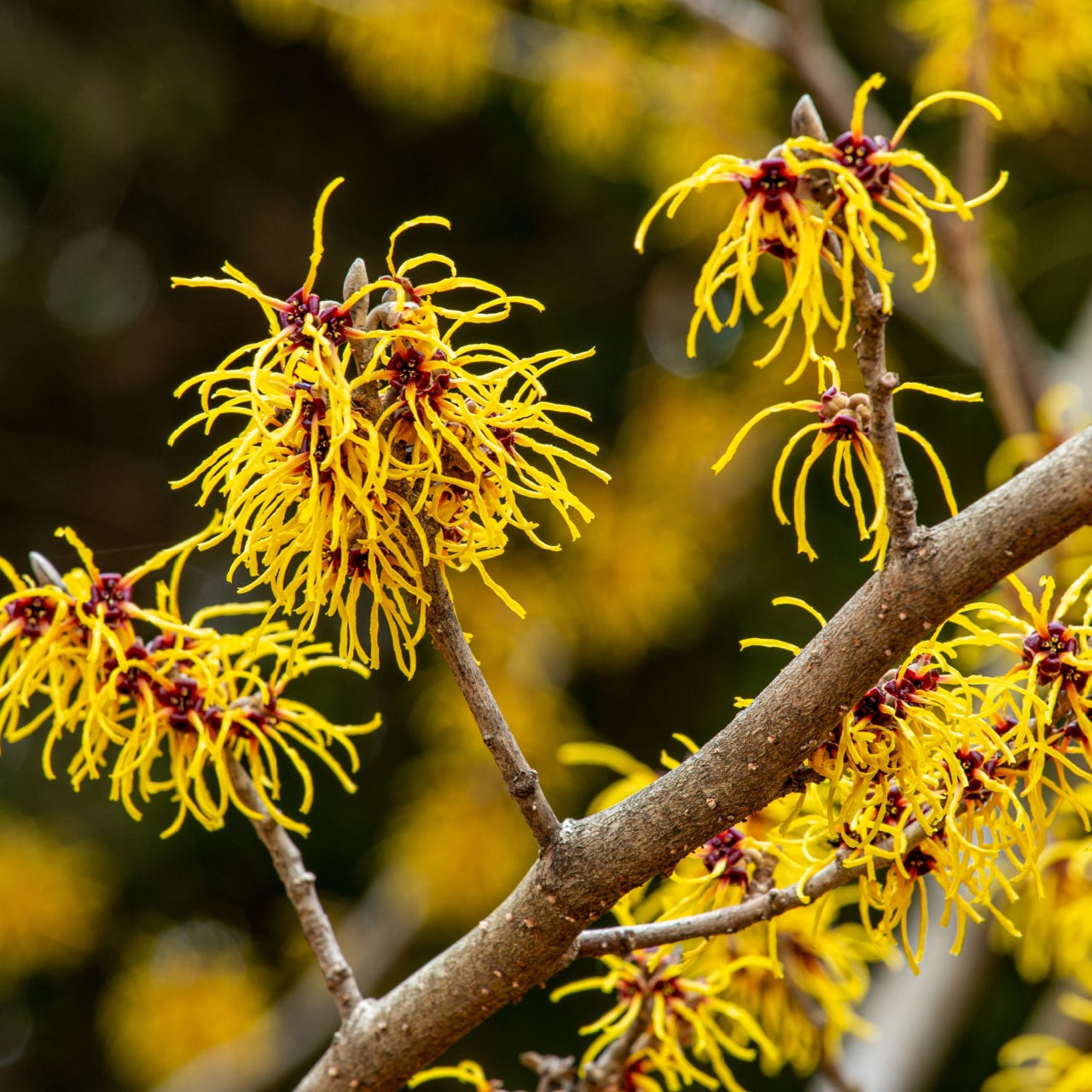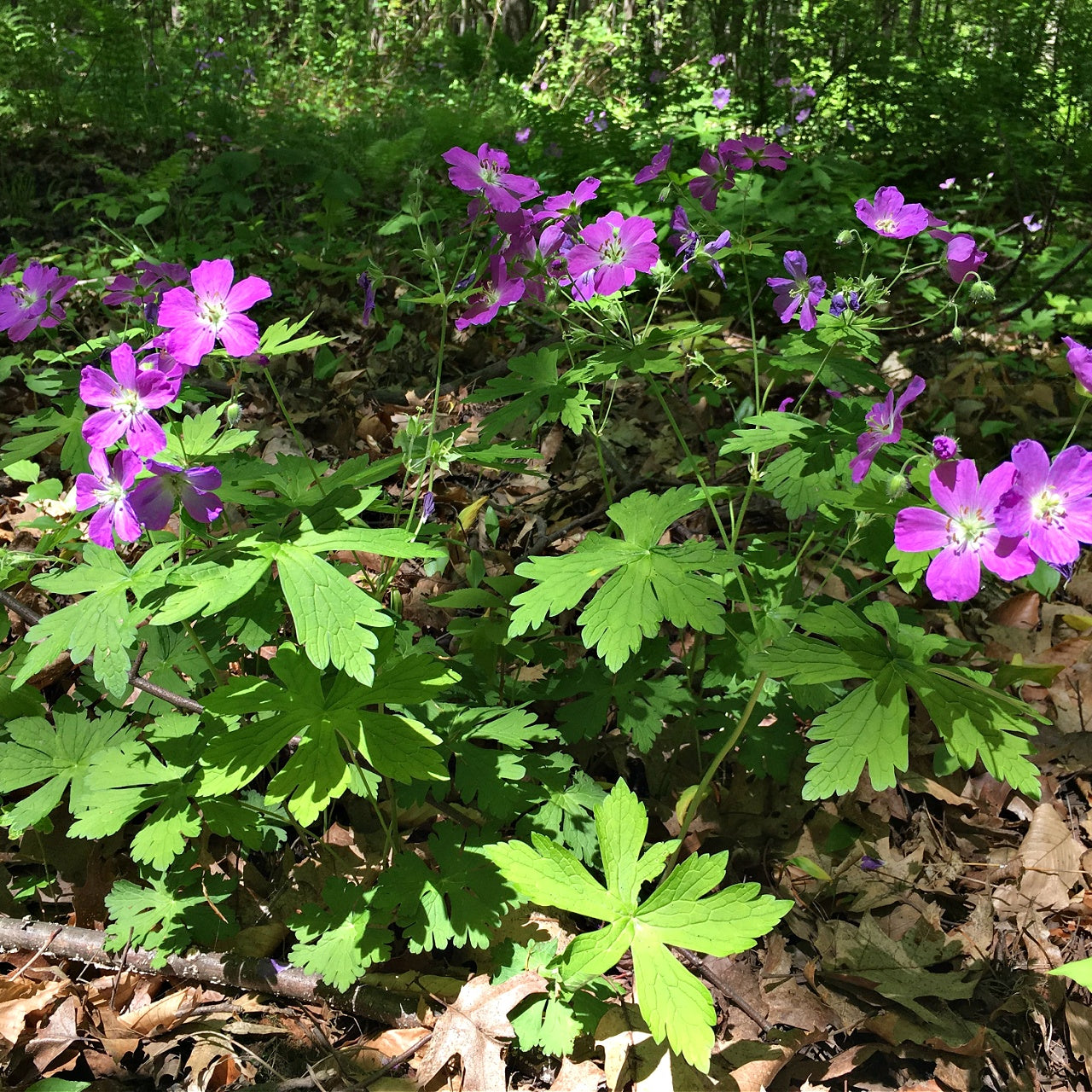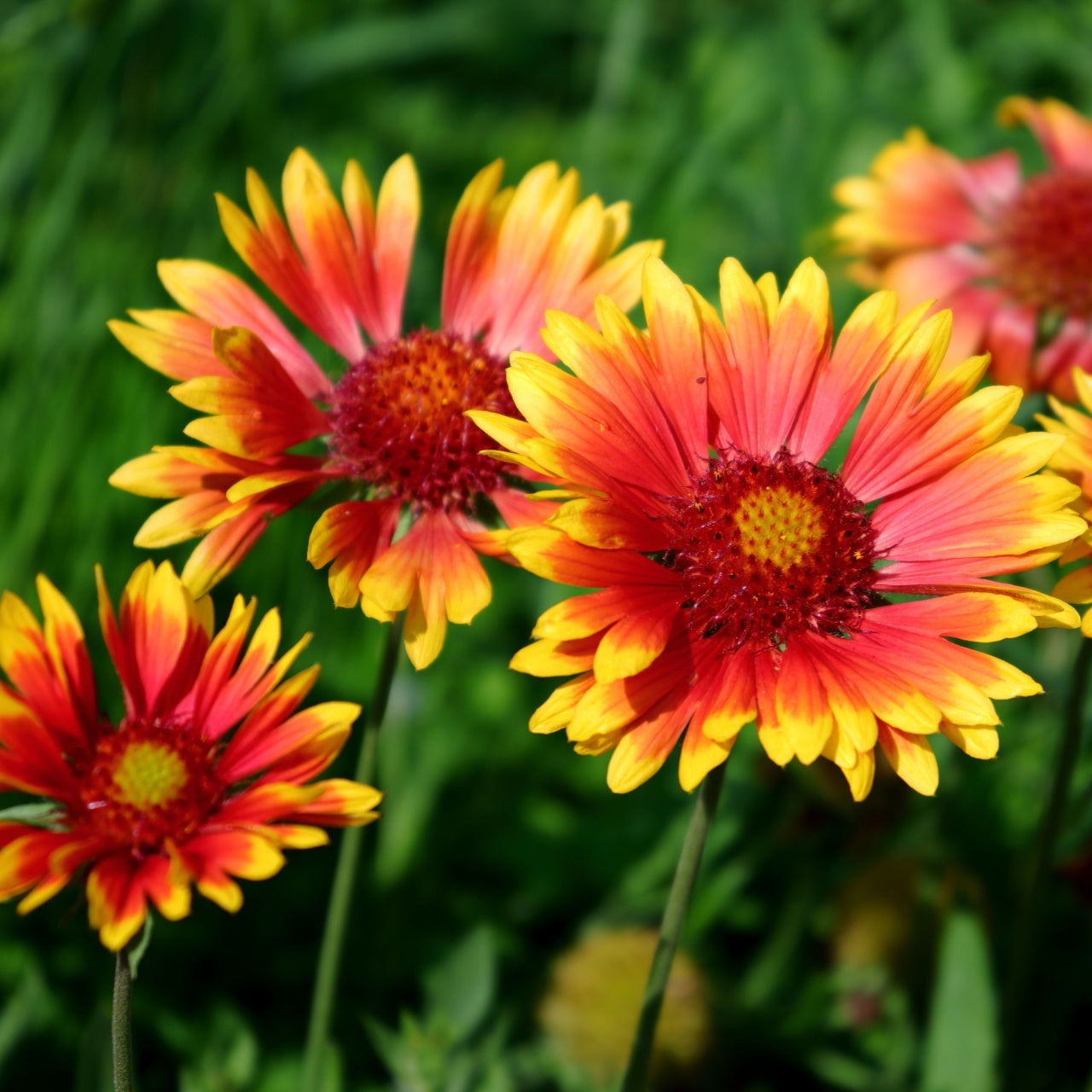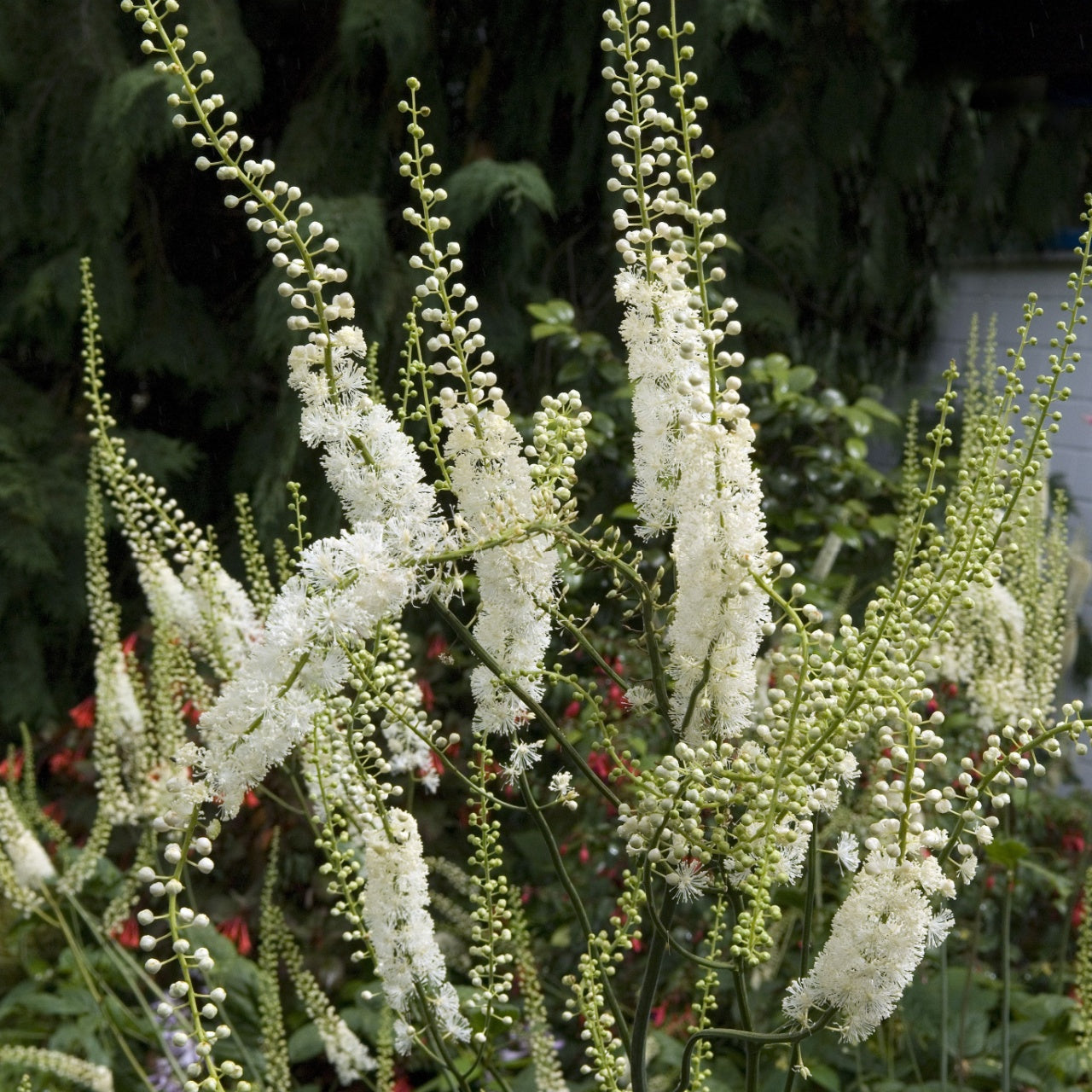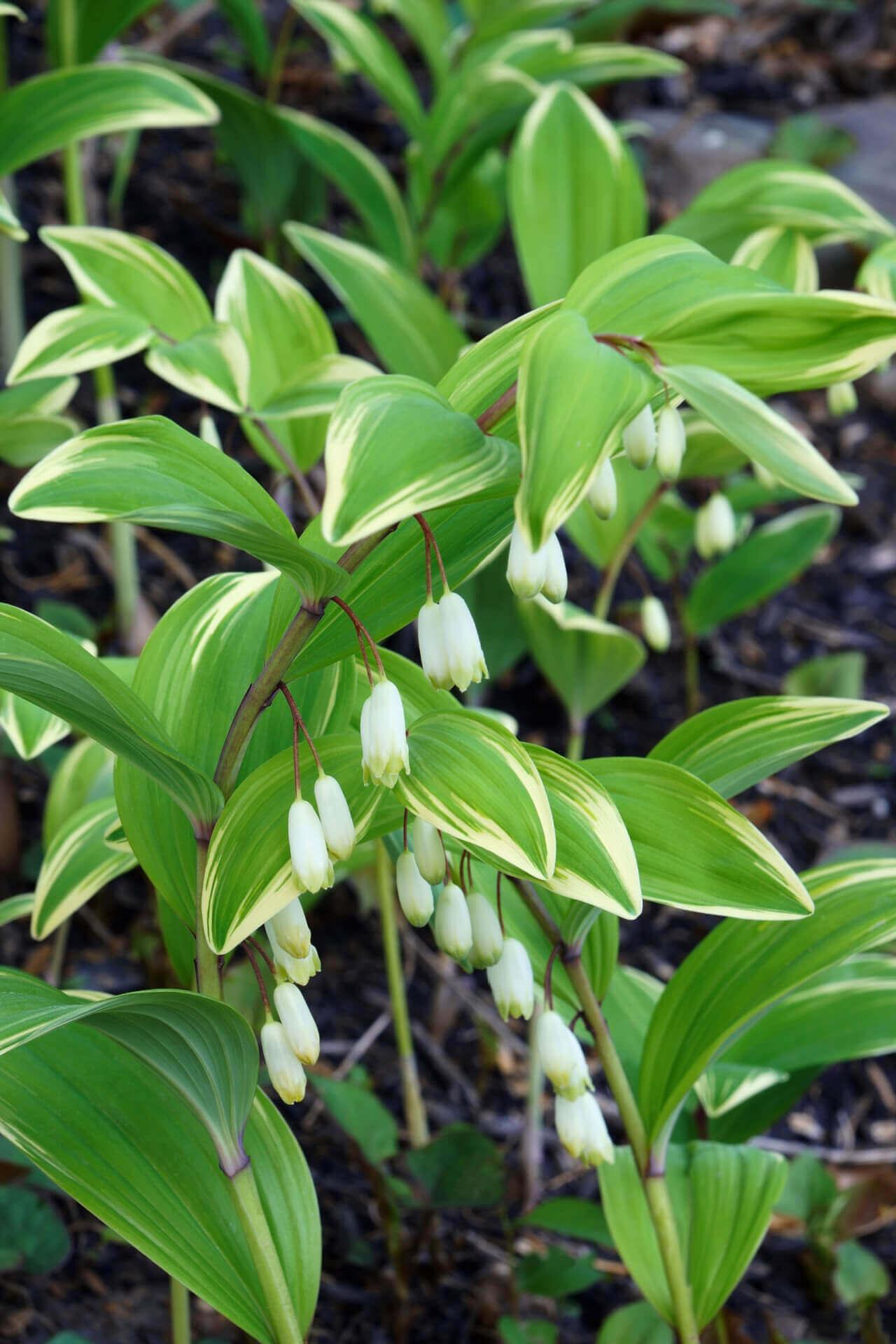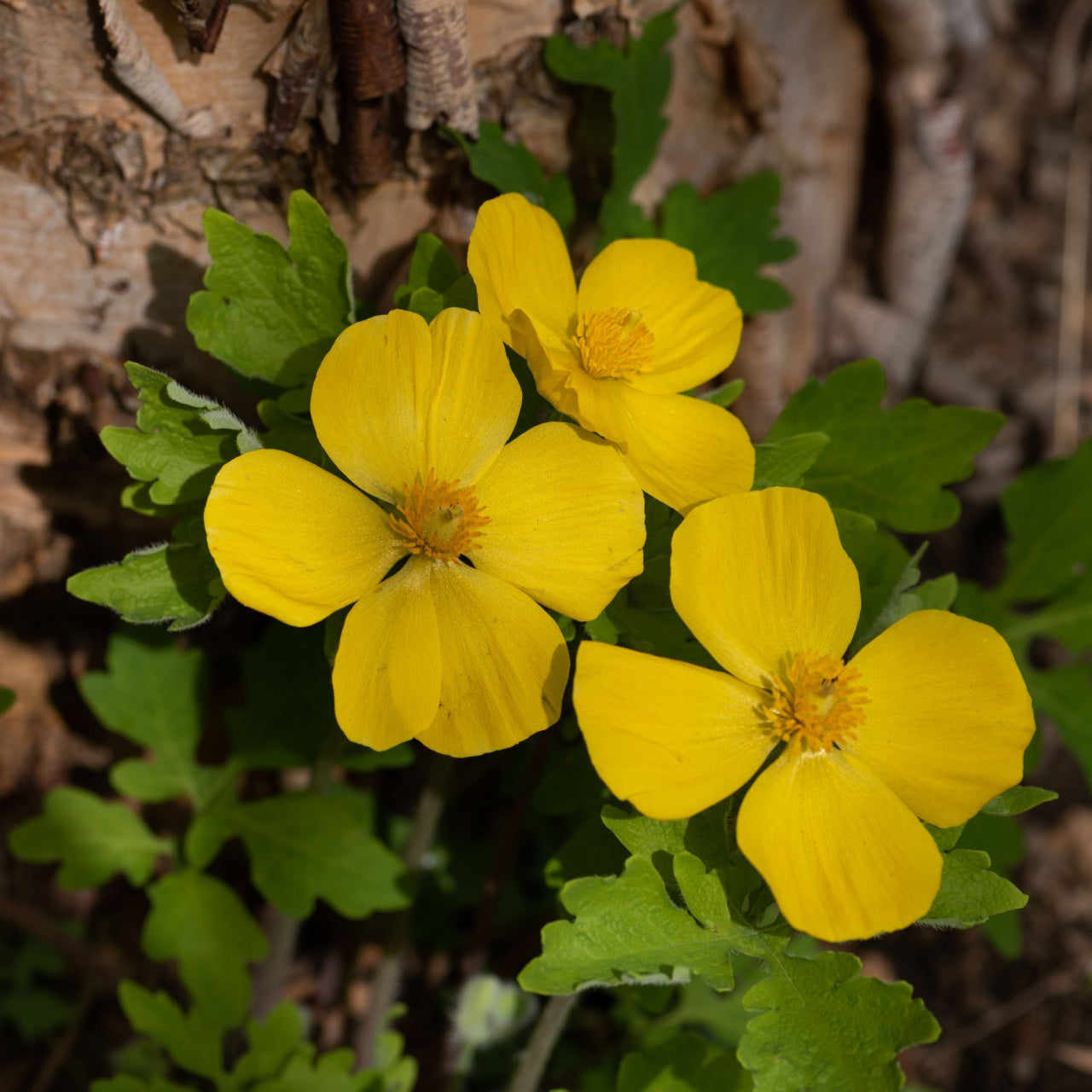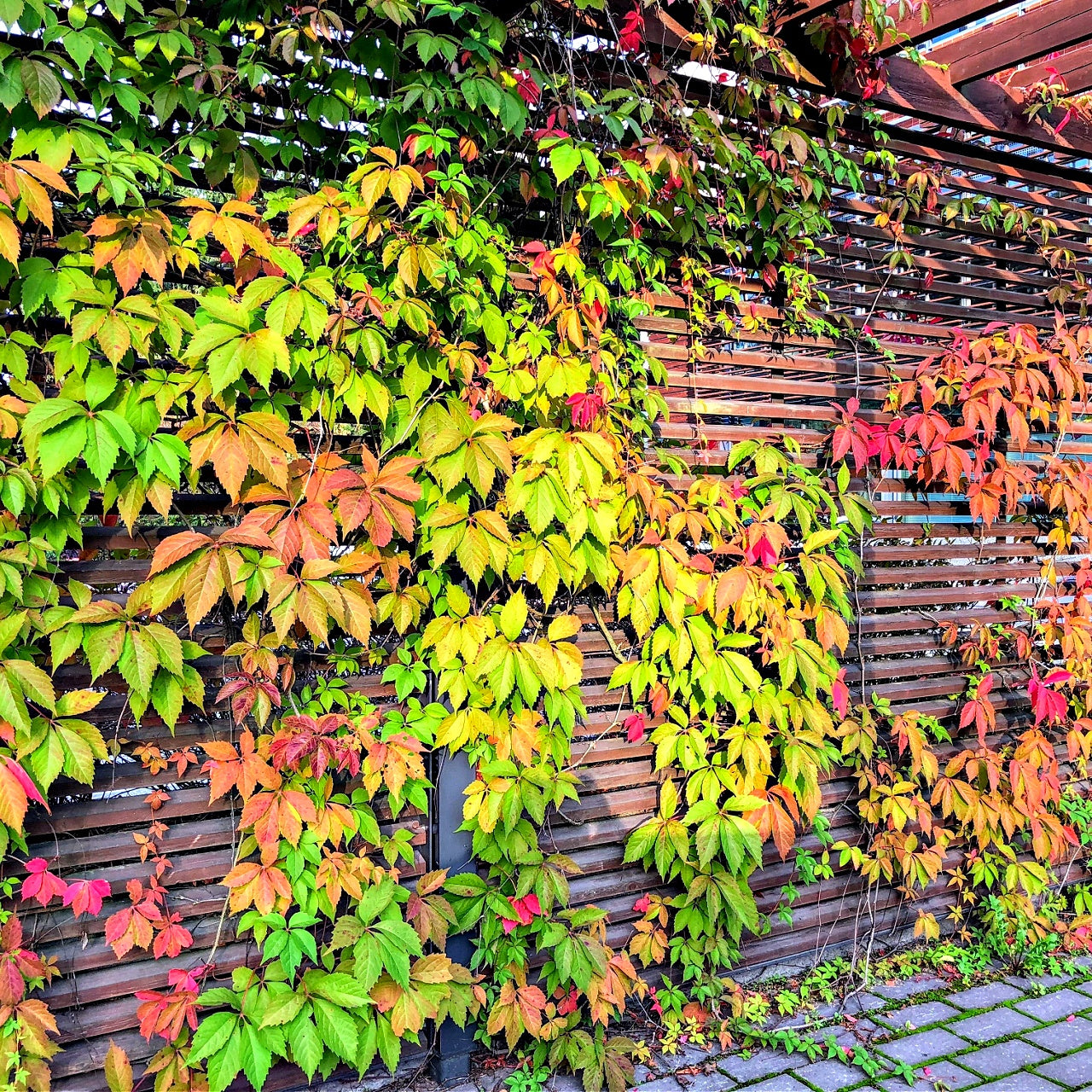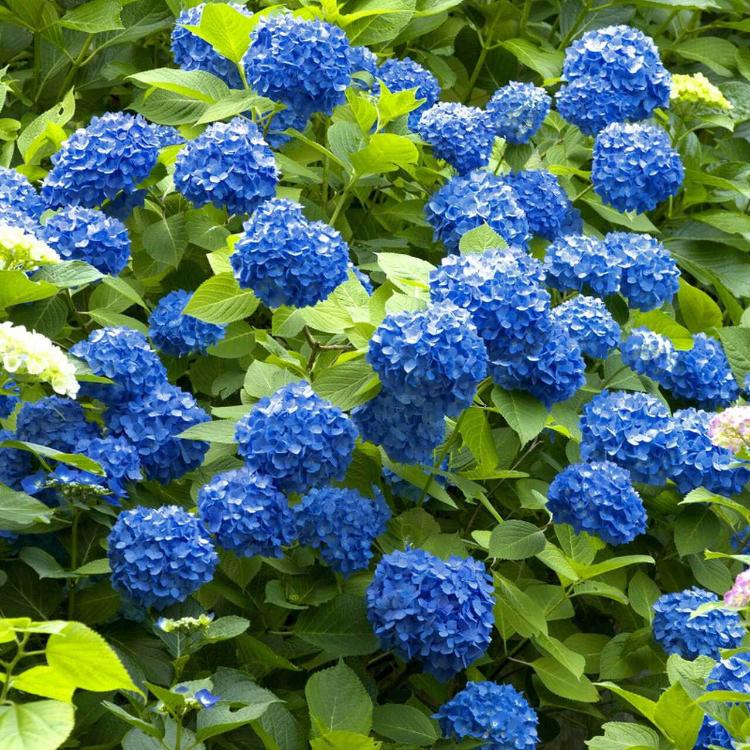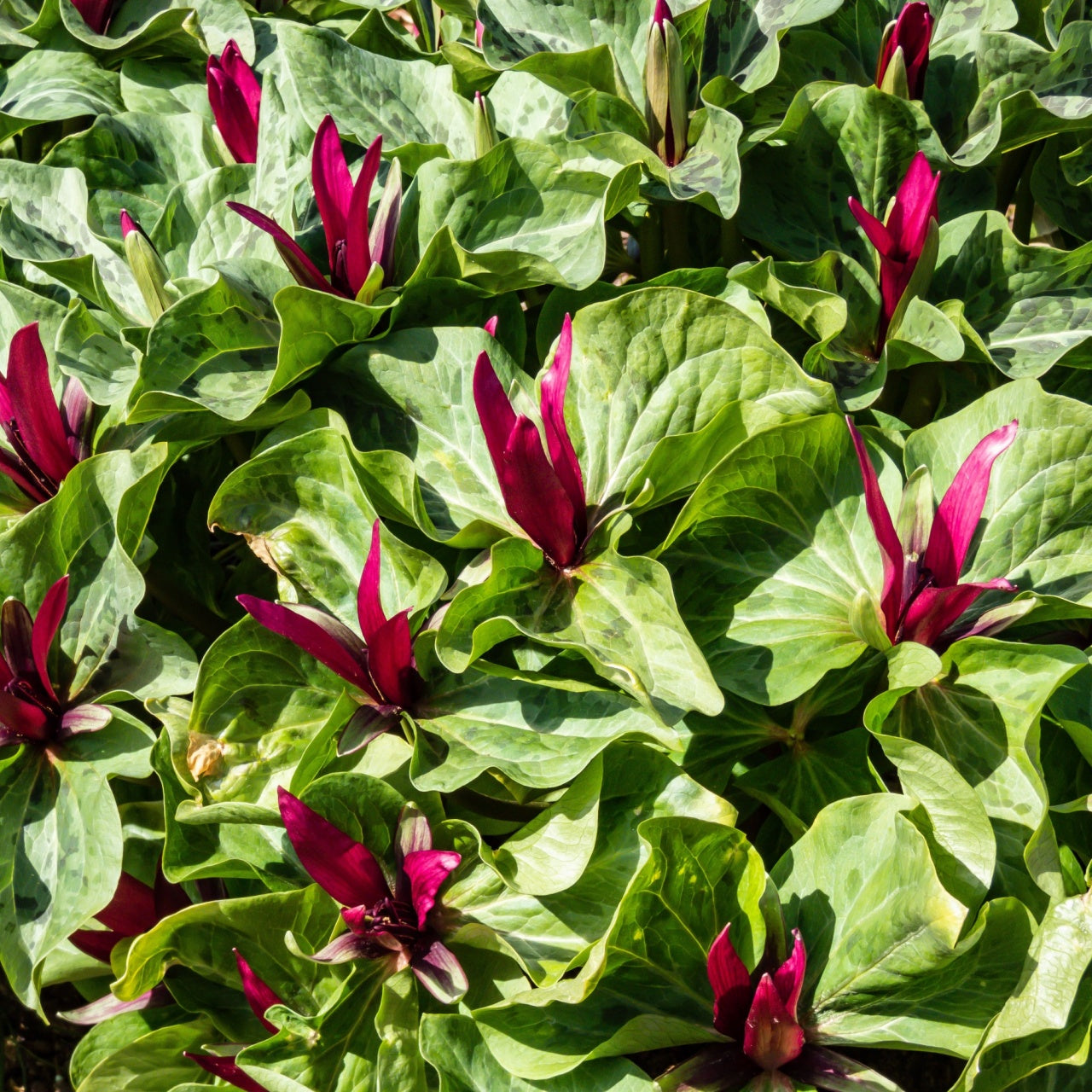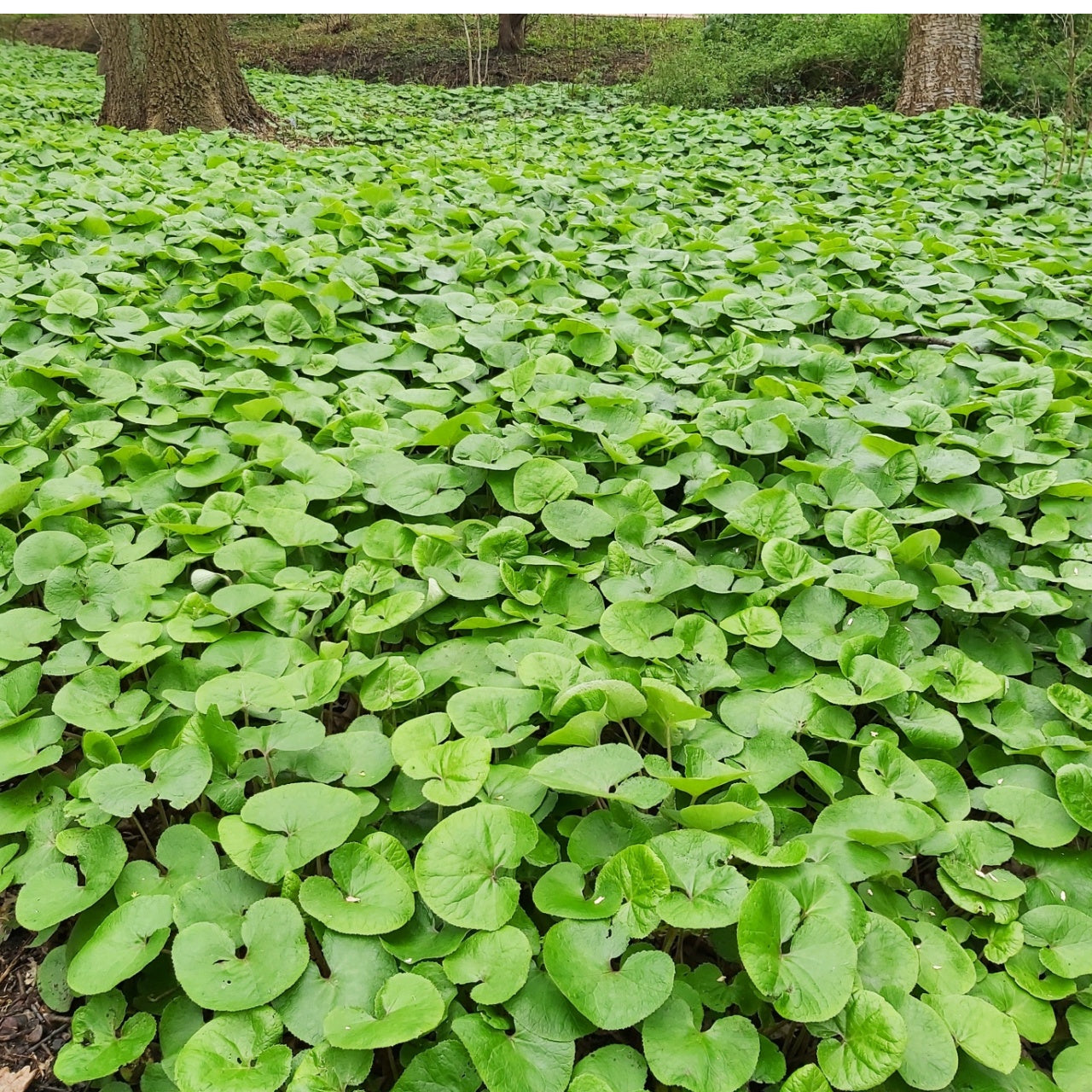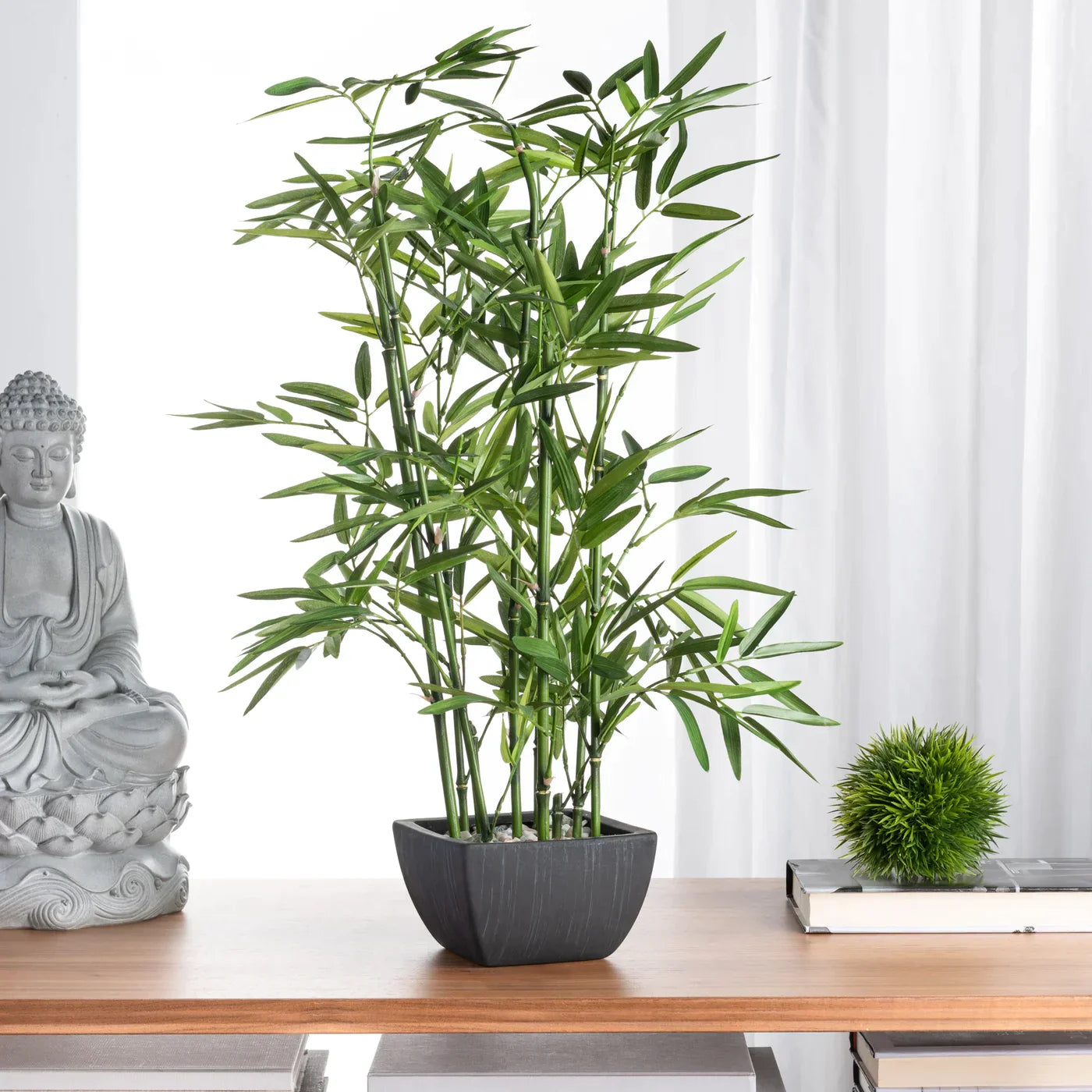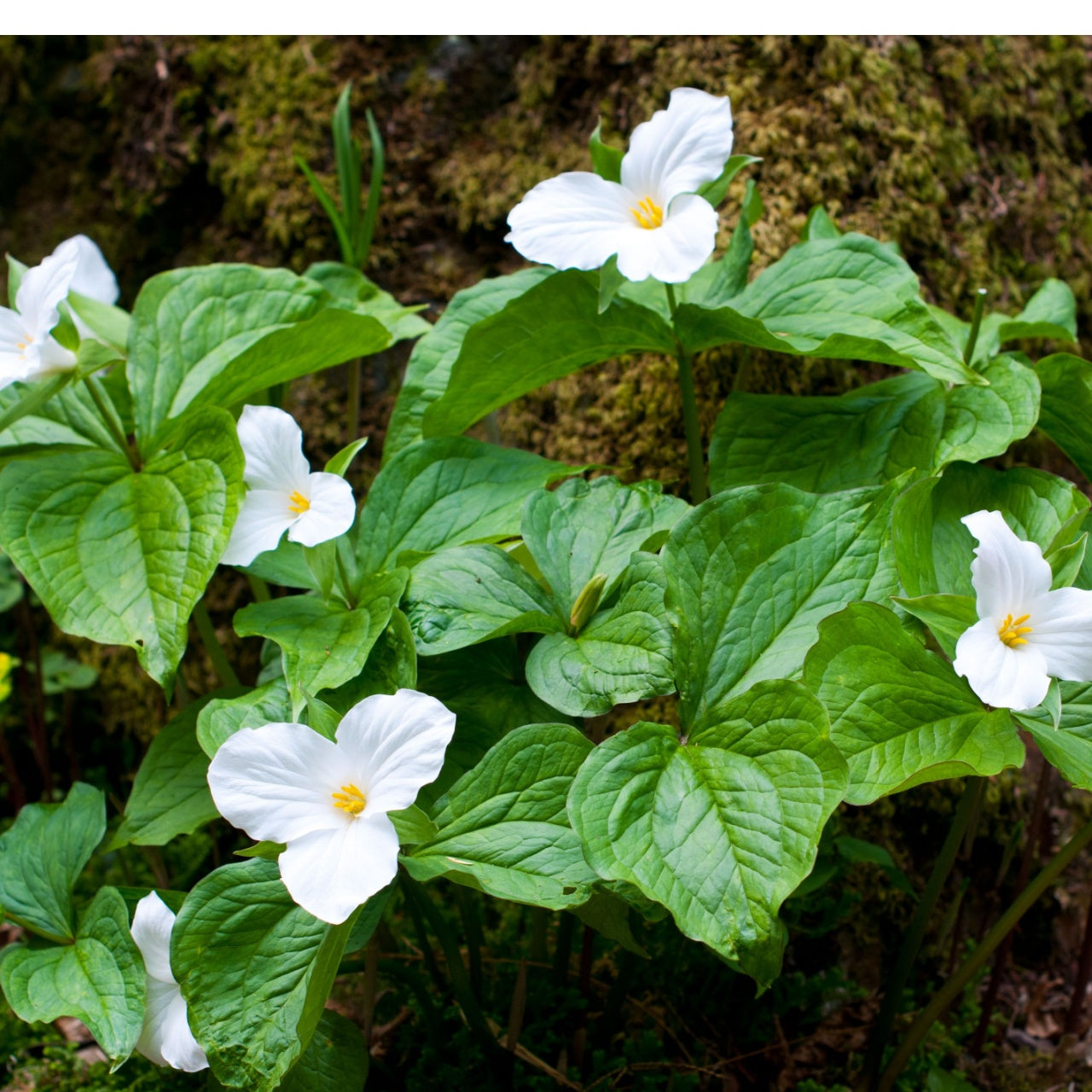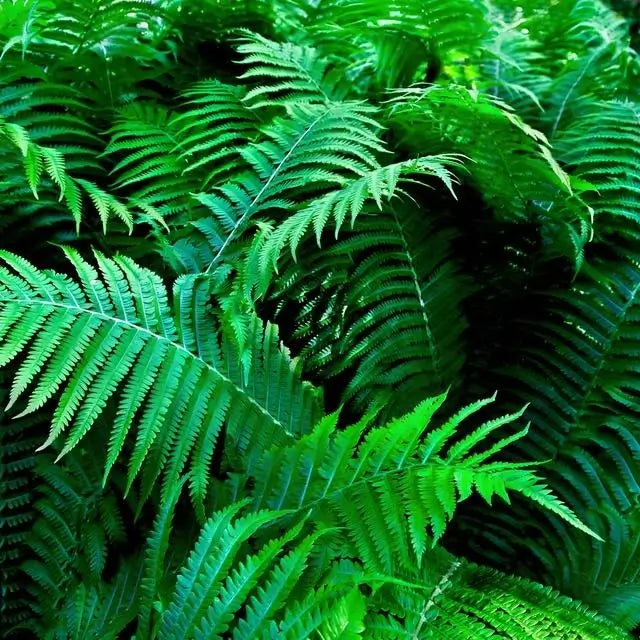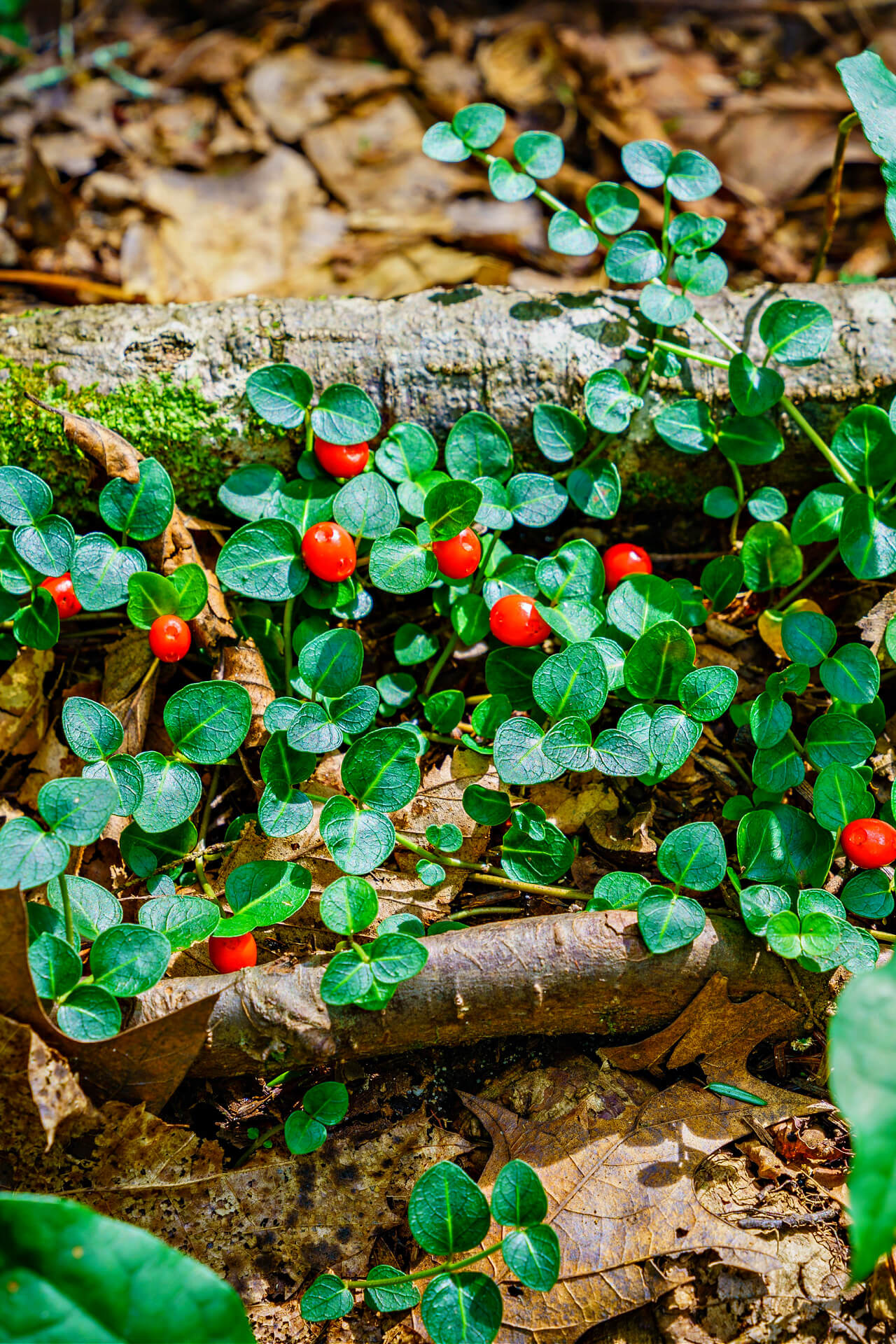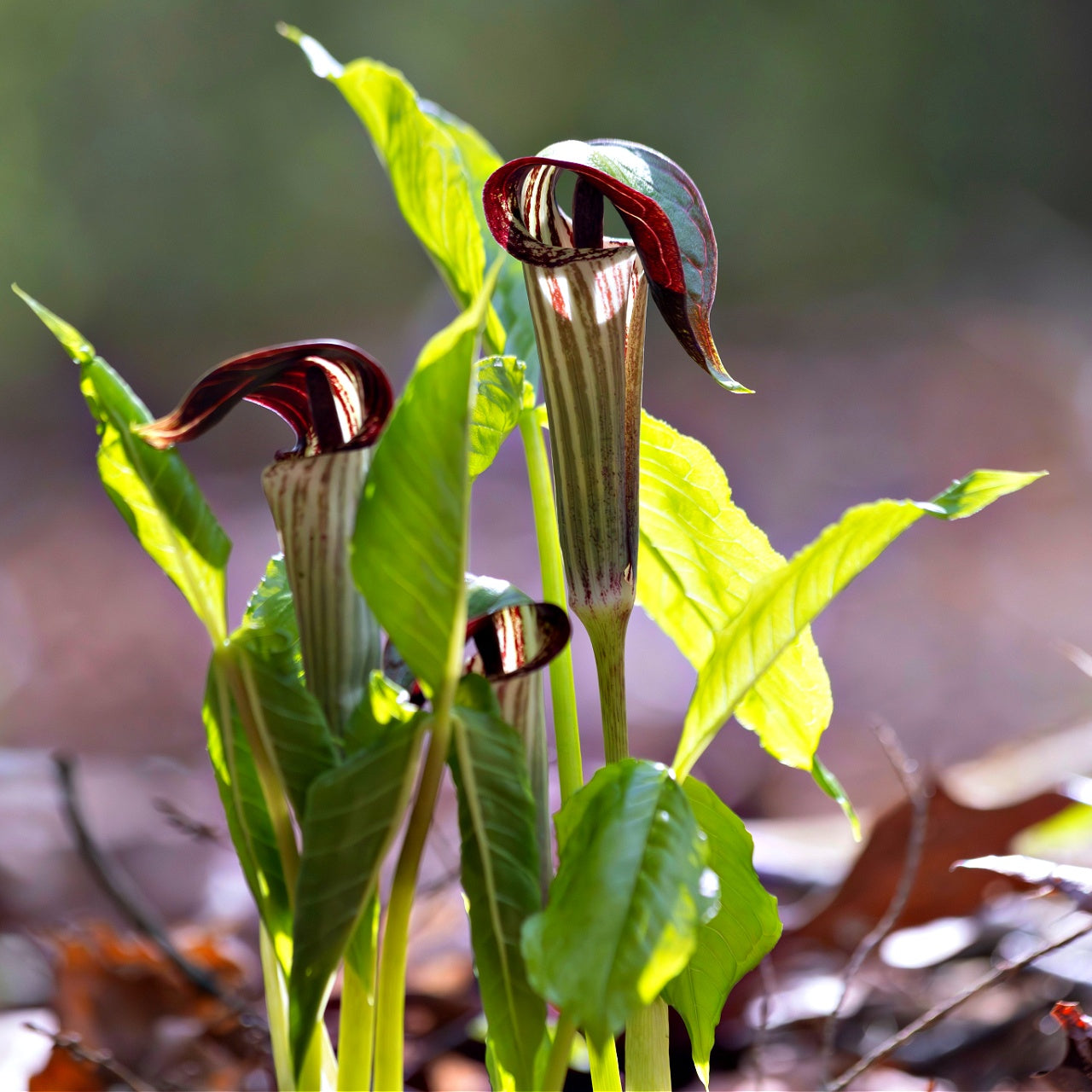Sort Best selling
-
Red Crepe Myrtle -
Persimmon Tree Seedlings -
Witch Hazel -
Painted Trillium -
Wild Geranium -
Elderberry Tree -
Blanket Flower -
Sugar Maple Tree -
Black Cohosh Plant -
Weeping Willow Tree -
Solomon's Seal Plant -
Celandine Poppy -
Lady Fern -
Virginia Creeper -
Persimmon Tree -
Blue Hydrangea -
Red Wake Robin Trillium -
Wild Ginger Plant -
Twilight Crepe Myrtle -
Bamboo Plant -
Great White Trillium -
Shade Fern Package - 10 Plants -
Partridge Berry -
Jack In The Pulpit
Volume discounts are the perfect opportunity to score great deals and plants for your garden. These bulk-buy specials offer everything you need (plus a little extra to fill in the gaps).
TN Nursery believes in value above all else - something we've spent the past 64 years refining. We're a one-stop shop for bulk-order deals, whether you're revitalizing the garden or spicing up your front yard display.
Why Buy With Volume Discounts?
Buying in bulk is the easiest way to get the plants you want at the prices you deserve. Instead of paying extra at a box store or national chain, you can rely on TN Nursery for affordable, budget-friendly prices.
Of course, the benefits of bulk buying go beyond just saving money. Here's what to consider as you browse our Volume discounts.
1. The ability to buy pollinating plants in bulk. Many fruiting trees and bushes prefer to grow in 'couplings,' meaning you can increase the yield of your backyard harvests while saving extra money.
2. Getting rid of empty gardening space with a healthy set of plants. One butterfly bush would look beautiful in your landscape, but two? Even better.
3. Filling up lots of open garden space. Whether you're looking for ground cover or a thick, green canopy, buying in bulk helps you plant more for less.
TN Nursery sells hundreds of neatly bundled plants for large-volume purchases. The more you buy, the more you save—it's the backyard gardener's holy grail!
Incredible Deals On Fan-Favorites With Our Volume Discounts
What can you buy in bulk from TN Nursery? A massive variety of grade-A cultivars beg for a spot in your garden.
Here's a look at some customer favorites you may want to try in your backyard:
Sweet violet: While some people consider violets noxious weeds in gardens, growers like you see their full potential as wildlife habitats and a seasonal splash of color.
Sugar maple: If you're looking for plenty of shade and seasonal color, you can't go wrong with a bulk order of sugar maples.
Cushion moss: Want a backyard plant you know can survive anything? Our bulk orders of cushion moss have you covered (pun intended).
As always, each of our plants comes with a one-year guarantee. If you have a planting problem, we'll fight to make things right.
Stock Up Now With Our Volume Discounts
There's never been a better time to stock up for the spring. With TN Nursery's volume Discounts, you can find the perfect plants to satisfy your green thumb and enrich your landscape.


